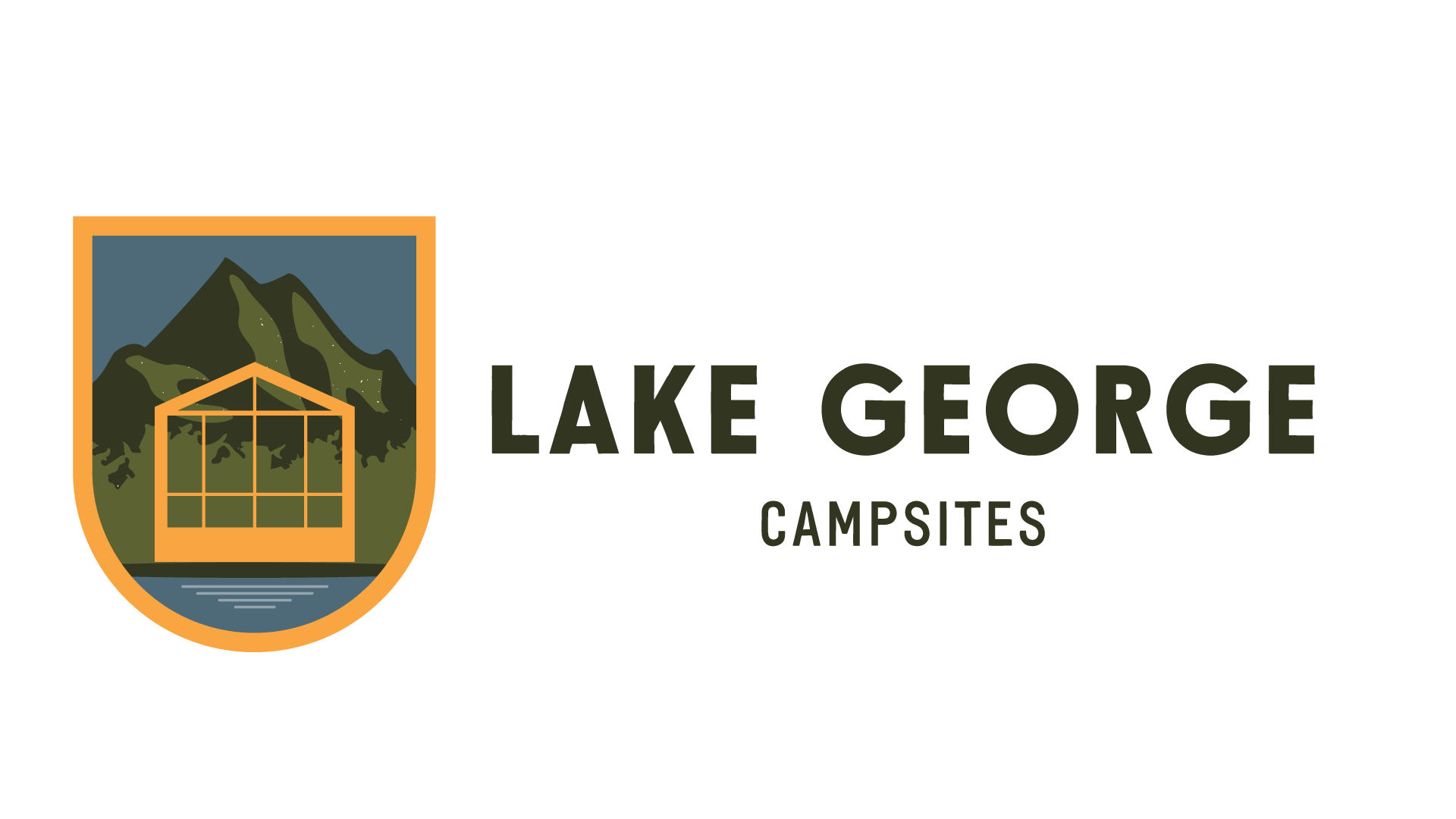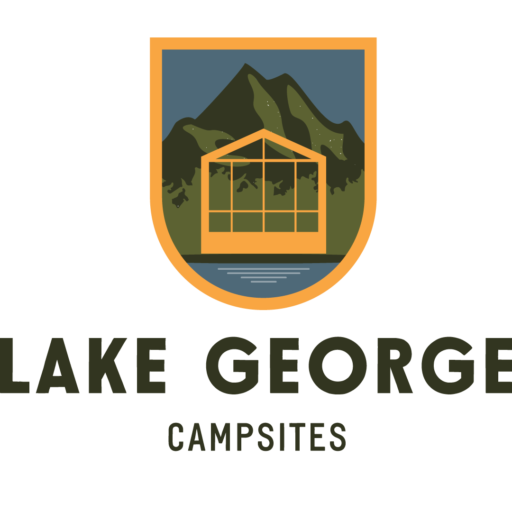
27 Oct How to Clean & Store Camping Gear
Our upstate New York camping season has sadly come to an end (our season at Lake George Campsites typically runs from early May through mid-October) and we want to share some tips and tricks on how to properly clean and store your camping gear during the winter months. This will help extend the life of your gear so you and your family can keep coming back to Lake George Campsites for many years to come!
Tents & Tarps
Step one is to check for any damage on your tent poles, groundsheets, zippers, and rainfly. Any small holes or tears are typically an easy fix and can be sewn, taped, or glued shut. If the zippers aren’t working smoothly, apply a small amount of zipper lubricant. After you’ve assessed and repaired any damage, it’s time to clean and dry your tent. Shake off any excess dirt and clean off dried mud with a soft bristle brush. You can spot-clean your tent with a damp sponge, but avoid using laundry detergent as it can compromise the waterproof coating on the fabric. If water isn’t doing the trick use a tent-specific cleaner. Be sure to dry your tent very well. If you put a damp tent into storage the chances of mold and mildew growth are very high. Once your tent is bone dry you should store it loosely packed so it can air out. Avoid compression bags or airtight containers, which are unfortunately often the sack that comes with your tent. If you don’t have a mesh bag, an old pillowcase or a large cotton bag are both great alternatives. Keep your tent stored somewhere cool and dry.
Sleeping Bag
Keeping a sleeping bag clean will prolong its life and make sleeping in it much more pleasant – nobody wants to sleep in a smelly, musty sleeping bag. Be sure to use Grangers Down Wash or a product created specifically for washing down materials so you don’t damage your sleeping bag. A washing machine is fine (delicate cycle) as long as it’s not a top-loading machine as the agitators are too rough and will damage your sleeping bag. Be sure to add an extra spin cycle at the end to help get rid of excess water! If you do have a top-loading machine we recommend handwashing your sleeping bag in the bathtub. Simply turn it inside out, add warm water and soap/wash, gently knead to ensure the soap really gets in there, and repeat as necessary. When it is clean, drain the tub and carefully squeeze the excess water out of your sleeping bag. You may need to continue forcing clean water through it until all of the soap suds are gone. Once your sleeping bag has been thoroughly cleaned, hang it up to dry and air out. Down sleeping bags need a drier to help the feathers un-clump. Pro top: throw a few tennis balls of balled-up socks in with the bag to help agitate the clumped feathers. You can use a dryer for down and synthetic sleeping bags, but only on the lowest heat setting possible (it will take a while to fully dry this way). When it is fully dry, loosely store your sleeping bag in a large mesh or cotton bag. Avoid stuffing it into a tight sack.

Air Mattress/Sleeping Pad
Start by cleaning your air mattress or sleeping pad with a sponge and some gentle soap and water. Then rinse and let it air dry. Moisture can damage the layers of the pad so you want to make sure the inside and outside are fully dry before storing for the season. You can use a hair dryer on a low setting to help dry the inside of a sleeping pad. Store your sleeping pad unrolled under a bed or hang it in a closet. If you don’t have the space to do that, make sure it’s rolled up loosely and stored in a dry place.
Hiking Boots
After all the mud and dirt from hiking season, your boots will likely need a thorough cleaning. Start by brushing off any dried mud and spot-cleaning with a damp cloth. Remove the insoles and laces to clean separately. Then fill each boot with warm water and a little bit of Grangers Footwear Cleaner or a similarly designed product. Be sure to shake it around and ensure the cleaner penetrates the entire boot. You can also use the same product to clean the outside of the boot, with a gentle scrub brush to get into all those hard-to-reach grooves. Once they are clean, let your boots air dry.
Backpacks
After a summer of heavy use, backpacks can get fairly smelly. The good news is that cleaning them is very simple. You can wash a backpack in a front-loading washing machine with cold water and a gentle cleanser. A hand wash is great if you have a top-loader or if your backpack is simply too large for your machine. Always air dry (hang it upside down to speed up the process) and store your backpack hanging up or lying flat.
Keep it Organized
You will be thankful next camping season that you took the time to properly clean, store and organize everything at the end of last season. Plastic tubs with category labels (sleeping, kitchen, hiking, electronics, etc.) are a great way to keep things organized. Just make sure they are not airtight when sealed. Silica gel packets can be used to prevent moisture from compromising any of your gear – just throw a handful into each tub.
Start Planning for Next Season’s Camping Adventures
Our seasonal campground in the Adirondacks features 250 tent camping and RV sites and 19 well-maintained cozy cottages, located within walking distance of many popular Lake George attractions. Lake George Campsites offers seasonal, weekly, and daily rates. On the campground property, you’ll find a dishwashing station, a dumpster, restrooms/showers (including an ADA-compliant bathroom), and laundry facilities for added convenience. We reopen for the 2023 season in early May.

